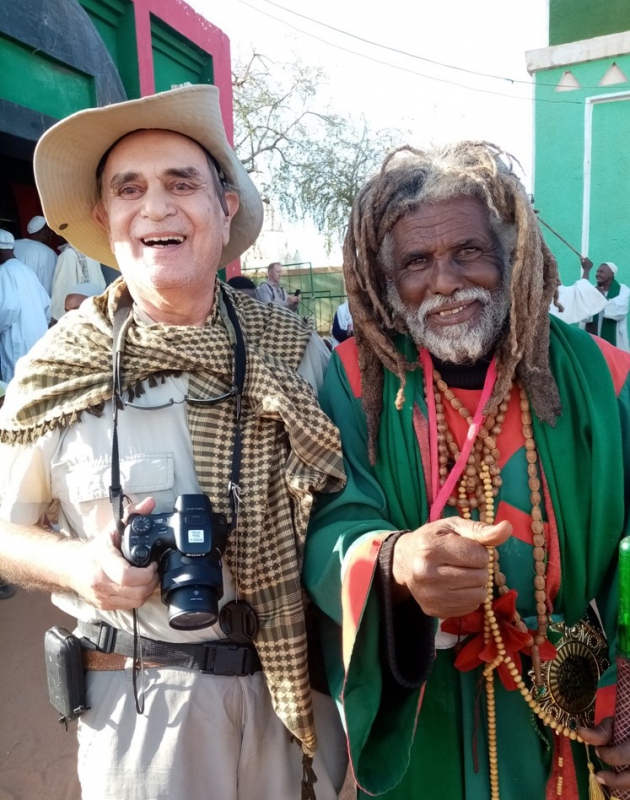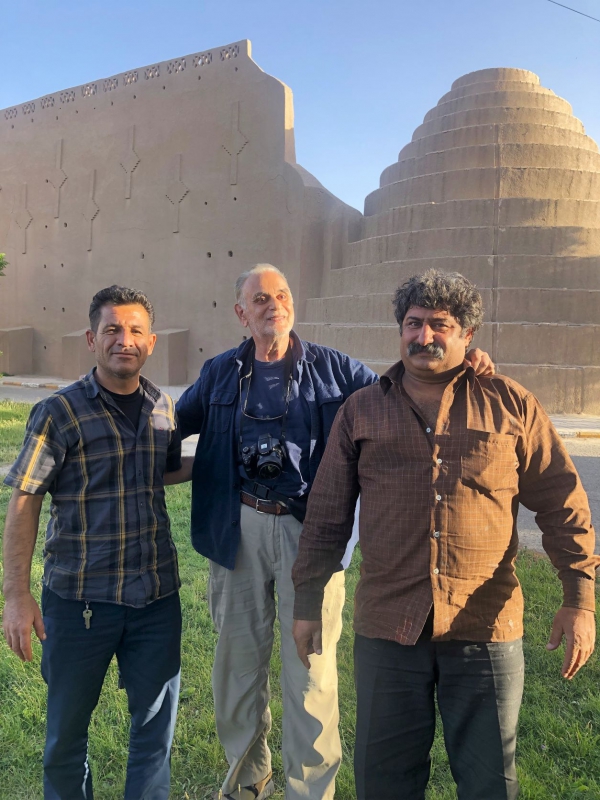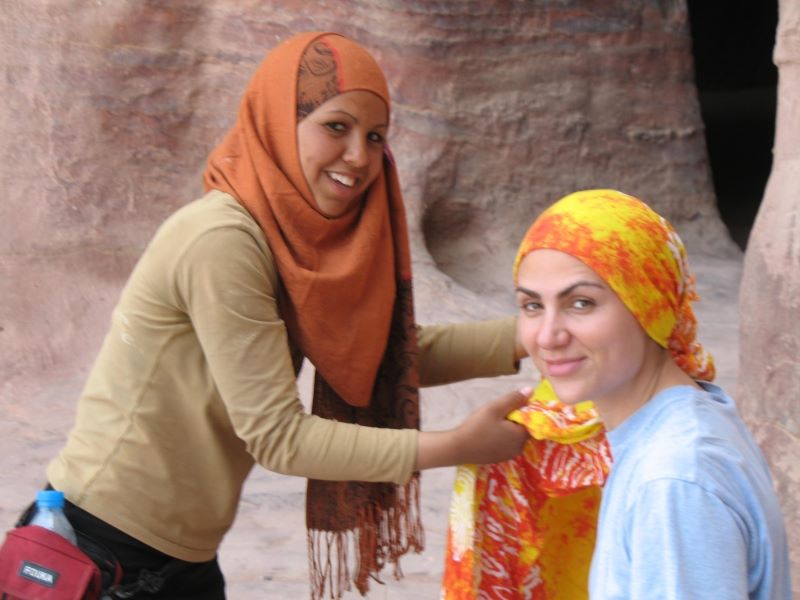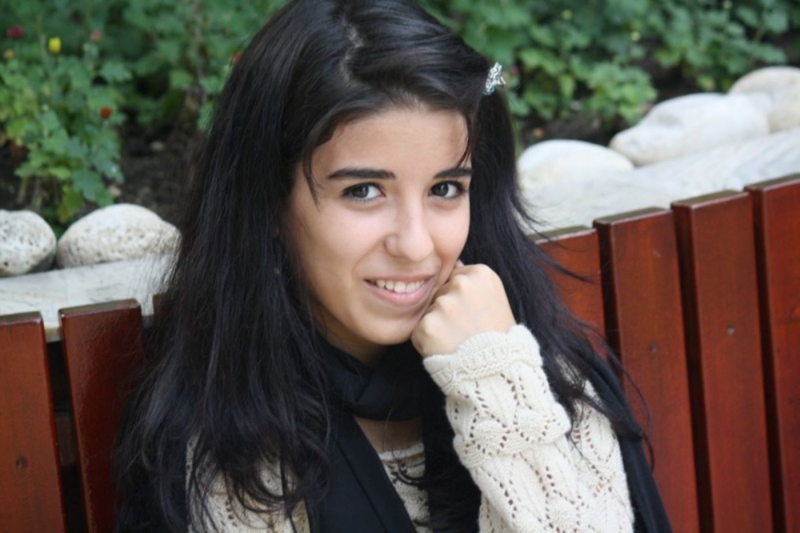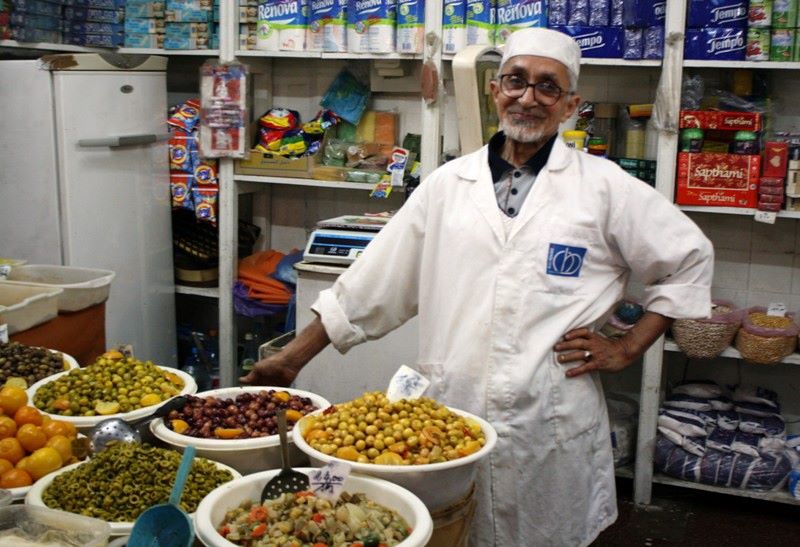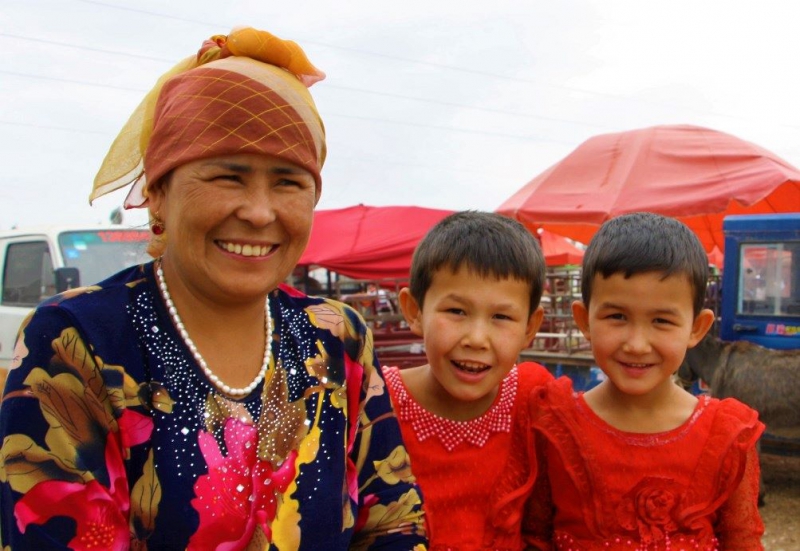Phimai Historical Park
Posted November 16, 2021 by JanNakhon Ratchasina Province
Thailand
November 16, 2021
The Phimai Historical Park is one of the largest Hindu Khmer temples in Thailand. It is located in the town of Phimai, Nakhon Ratchasima province. It is one of the most important tourist attractions in Nakhon Ratchasima province.
Phimai had previously been an important town at the time of the Khmer Empire. The temple Prasat Hin Phimai, located in the center of the town, was one of the major Khmer temples in ancient Thailand, connected with Angkor by an ancient Khmer Highway, and oriented to face Angkor as its cardinal direction. The site is now protected as the Phimai Historical Park.

